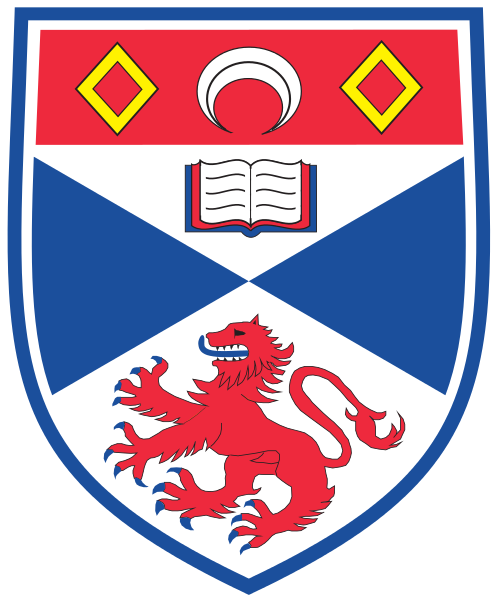<!–Speaker: Claus Lewerentz, Brandenburgische Technische Universität Cottbus
Date/Time: 1-2pm May 31st, 2011
Location: 1.33a Jack Cole, University of St Andrews (directions)–>
Abstract:
In this talk Claus describes a systematic approach to utilize the city metaphor for the visualization of large software systems as evolving software cities. The main contribution is a new layout approach which explicitly takes the development history of software systems into account and makes history directly visible in the layouts. These layouts incrementally evolve in a very smooth and stable way during the development of the represented software system. They are used as a visualization platform for integrating a large variety of product and process data and thus create a coherent set of specialized visualizations. To illustrate this I present some example maps capturing specific development history aspects.
About Claus:
Claus is the program co-chair for the 6th IEEE International Workshop on Visualizing Software for Understanding and Analysis (VISSOFT2011) September 29-30, 2011 – Williamsburg, Virginia, USA
http://vissoft.iro.umontreal.ca










